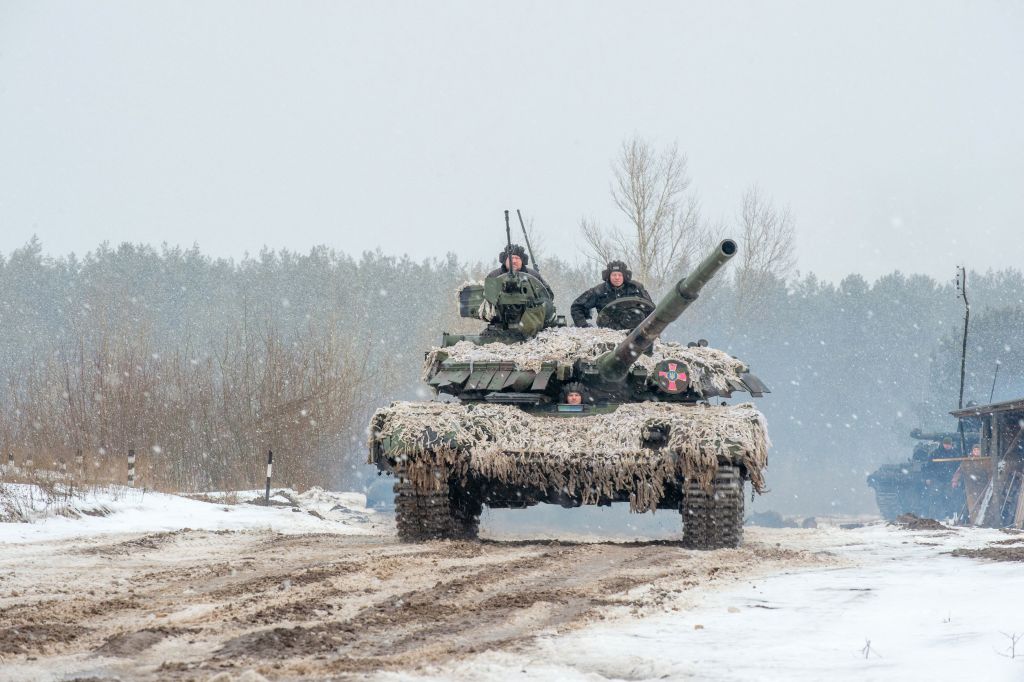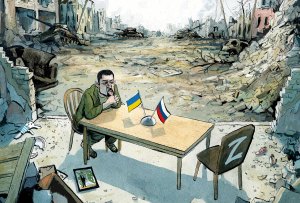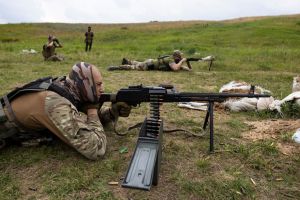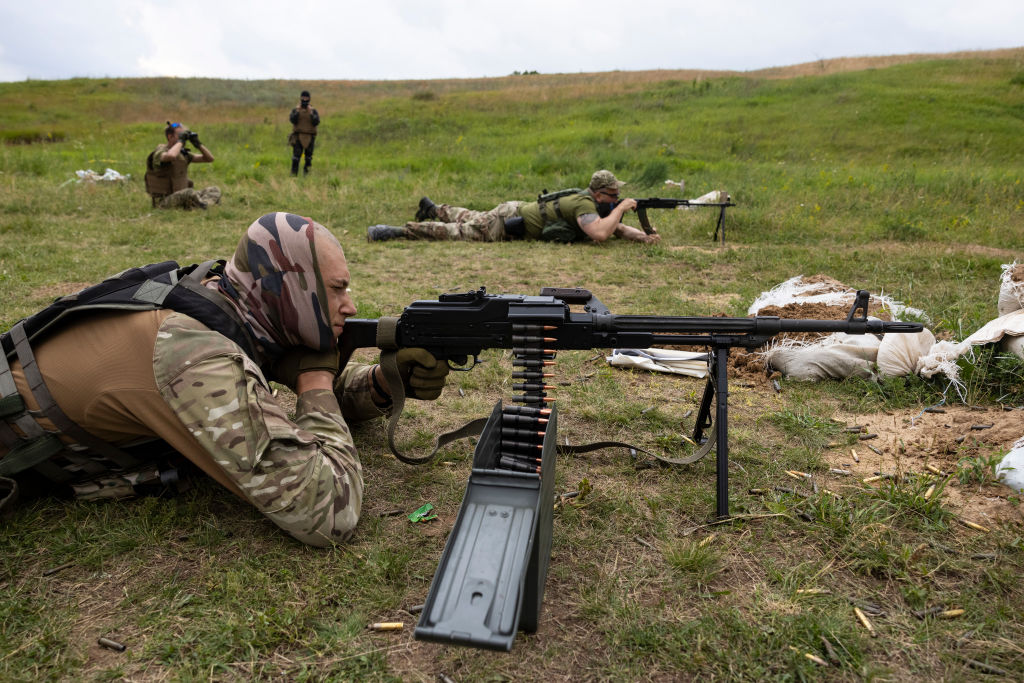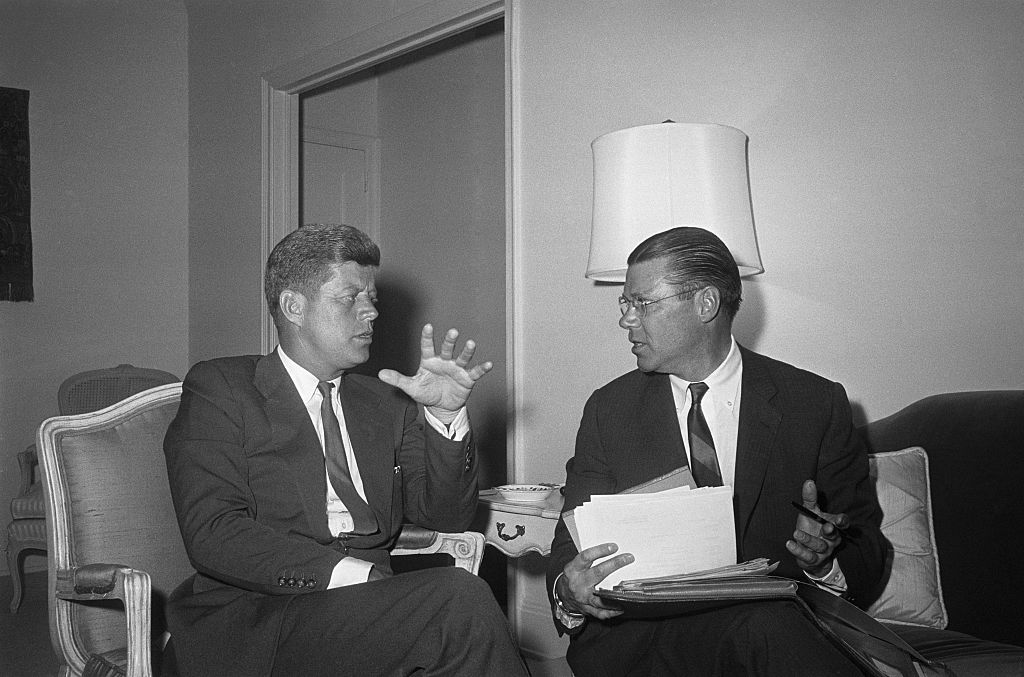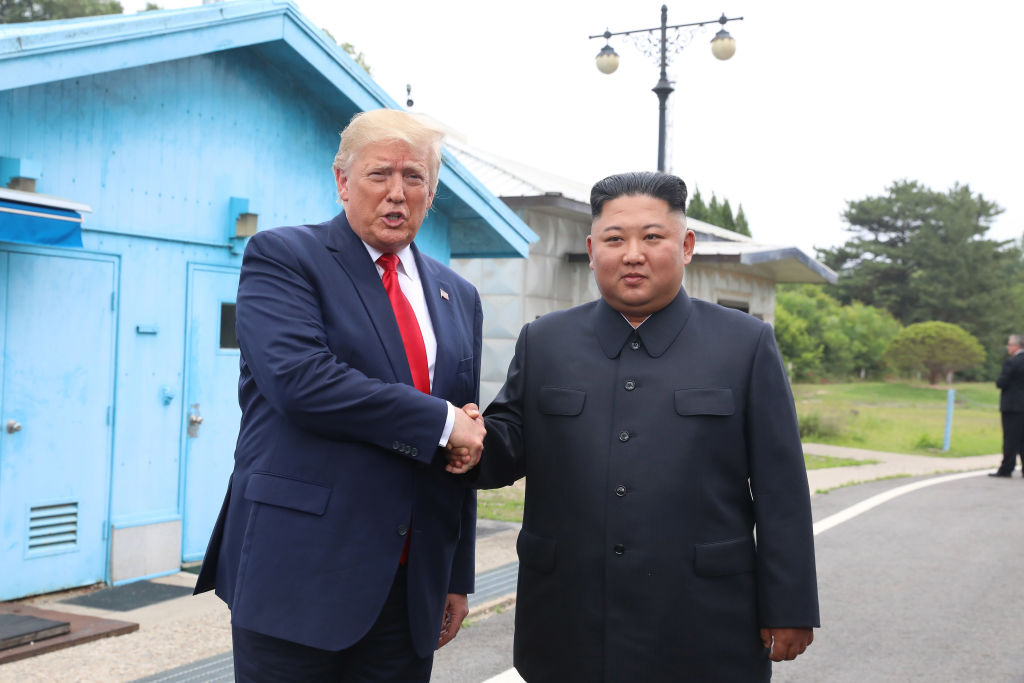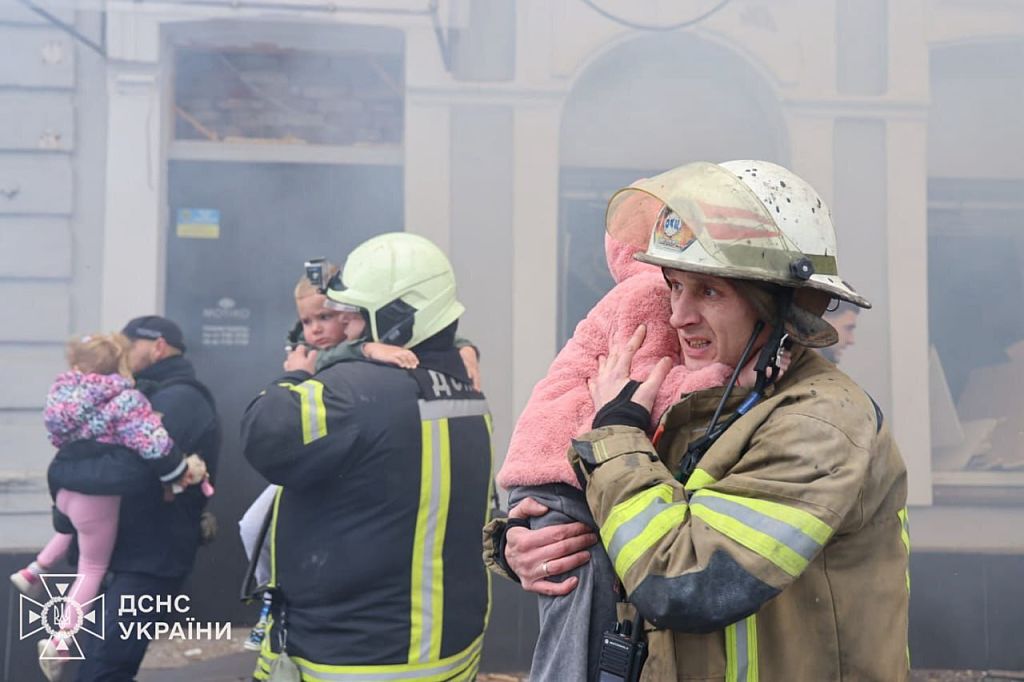In the coming days, if intelligence assessments are accurate, the world will watch the unfolding of a bloody war between Russia and Ukraine. It will make history for all the wrong reasons, as the largest armed conflict since World War Two.
And while Moscow would almost certainly defeat Kyiv on the battlefield, the real story will be the horror unleashed by the first modern war fought between nations of real consequence in decades.
Such a war would showcase military modernizations that, while well-known, will still shock most Americans and change our perception that war in the twenty-first century is anything but cost-free. Worst of all, there’s chance that a Russia-Ukraine war might not be contained to just those two countries, sucking in America in the process.
In many respects, the American public has been spared the horrors of state-of-the-art war in the twenty-first century. Washington, by and large, has fought much smaller states, terrorist groups, and insurgents that don’t have the finances, modern economies, and technology to fight back with sophisticated arms. US Navy aircraft carriers, stealth fighters, destroyers, and other stand-off weapons can, for the most part, fire at will at the enemy, while ISIS, the Vietcong, Serbia or Libya could not strike back in any decisive way.
We think of warfare as a video game where American forces either always win or at least try to achieve their military objectives with few consequences that impact us broadly back at home. We certainly never imagine that our opponents could have weapons that could match or even exceed our own.
Those illusions are about to be shattered. For if a war in Europe does indeed erupt, we will have two states deploying tactics and weapons that have only been used in simulators — and with devastating results.
Here is where context and goals matter for both sides. Depending on what Russia’s military objectives are, the images that will go viral on social media could be too horrific to imagine.
Let us suppose for a moment that Moscow’s true objective is not a full-scale invasion of Ukraine, but to damage Kyiv’s military and economy to such an extent that she would never be welcomed into NATO or the EU. To achieve that, Russia would have to do significant damage to the nation as a whole, thereby unleashing its modern military arsenal. That would include, but not be limited to:
- A massive cyber warfare campaign to ensure Ukraine does not have any sort of command and control of its few modernized missiles, artillery, and other platforms that could strike Russian soil
- A large barrage of possibly hundred of missiles, thousands of artillery strikes and other weapons that could strike deep into Ukrainian territory to wipe out Kyiv’s air force on the ground, tanks, heavy equipment, communications nodes and other assets. Make no mistake, this will be shock and awe of a sophistication never before seen in the history of warfare
- Large columns of modernized Russian fighter bombers dropping ordnance on targets around the country and possible terror bombings of major cities to ensure Ukraine never so much as thinks about joining NATO or the EU
- Massive formations of modern tanks and other armor quickly sweeping into Ukraine and taking large parts of the territory, carving up the nation into a failed state
And that isn’t even close to what a comprehensive Russian war plan might look like. Moscow would unleash its full military capabilities, with the result being thousands dead, many more wounded and millions of refugees moving into EU countries, creating more and more panic as every day Russia presses deeper and deeper into Ukraine.
Make no mistake: Ukraine would fight back. Armed with the latest anti-tank weapons and a battle-hardened army that has fought Russian-backed separatists thanks to extensive US training, Kyiv will make Moscow pay for any territory she wants to conquer. We will see Russian fighter jets shot down by Ukrainian forces, possible missile strikes on Russian territory, and even a hellish insurgent campaign that would last years if Moscow does indeed try some sort of occupation. Again, Russia’s victory is certain, but Moscow will pay a high price.
And a Russia-Ukraine war might not be limited to Ukraine. What if, for example, a Russian missile goes off course due to a technical error, and strikes, say, Poland or another NATO member? What if American civilians, some of whom surely won’t be able to get out before the bombs start falling, are killed or taken captive by Russian sympathizers?
The chances of an escalation in such a conflict should not be understated, as a Russia-NATO war would most likely mean World War III. This is why a diplomatic path out of the current crisis is so important. The stakes could not be higher.
Harry J. Kazianis is a senior director at the Center for the National Interest. In the past he served on the foreign policy team of 2016 presidential candidate Senator Ted Cruz and has held various thinks tank positions at the Heritage Foundation, CSIS: PACNET and the Potomac Foundation.



